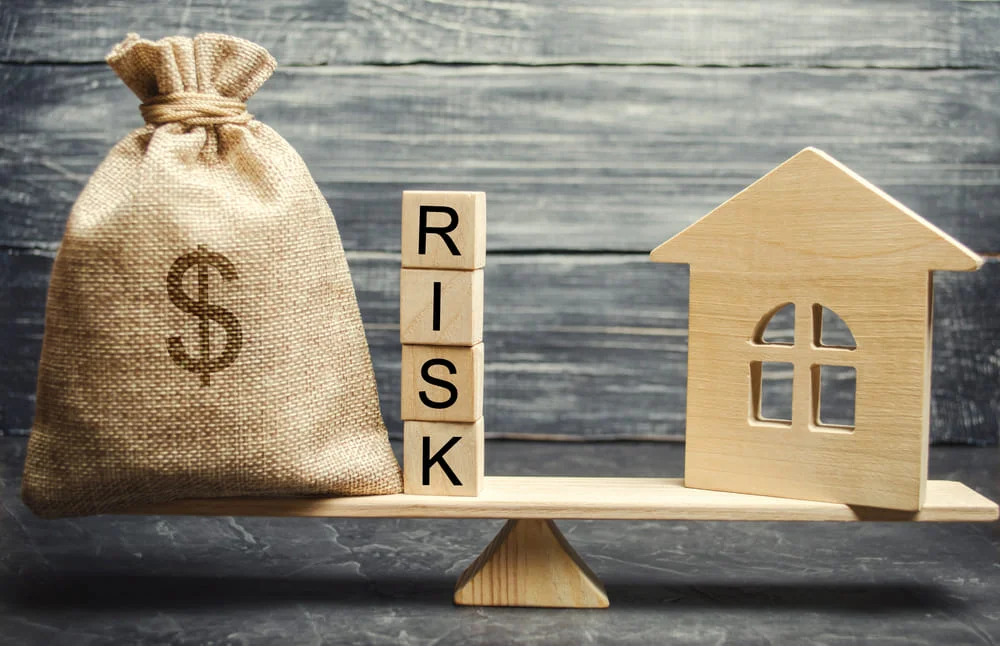 Housing and rental vacancies have hit unprecedented levels. Included in these record vacancy numbers are a plague of abandoned properties fated for demolition, and millions more homes being withheld from market. Of the more than 19 million empty homes recorded by the US Census, just under 2 million are up for sale, many of them in uninhabitable condition.
Housing and rental vacancies have hit unprecedented levels. Included in these record vacancy numbers are a plague of abandoned properties fated for demolition, and millions more homes being withheld from market. Of the more than 19 million empty homes recorded by the US Census, just under 2 million are up for sale, many of them in uninhabitable condition.
Even though the economy remains weak and the housing market, in particular, is still years from recovery, some news suggests that stronger growth can be expected as the year progresses.
A record 19.2 million U.S. homes are vacant, representing the highest number of residential properties that are vacant of all-time, according to the U.S. Census Bureau. The figure represents 14.5% of all the homes in America.
The dismal figure was issued as part of the Census Bureau homeownership quarterly survey for the first quarter of 2010. A total of 19,230,000 homes are vacant, according to the report. The same study shows that 10.6% of all rental properties in the nation are vacant, also an all-time record.
The report does not differentiate between homes that are inhabitable and those that are not. In particularly hard hit markets, including cities in Michigan and Ohio neighborhoods of abandoned homes are being demolished by wrecking crews hired to clear them. Many cities are considering the option of clearing whole neighborhoods, where vacancy rates top 50%, including Detroit. It costs about $6,000 to $7,000 to demolish a home.
The Census Bureau study estimates that there are about 131-million homes in the country and that nearly 4.5-million are currently for rent. The vacancy rate is the highest in the Southern region of the country at 13.2%. Some areas of the south like South Carolina have been hard hit by companies that have moved out of the U.S. out-sourcing the manufacturing of products.
Metropolitan areas have a higher rate of vacancies than communities outside of big cities, averaging 11.3%. The vacancy rate was the lowest in the Northeast at 7.5%.
However, the study also shows that a massive number of homes, 7,131,000 are being held off the market in limbo for a variety of reasons, which include impending foreclosures , short sales that went awry or homeowners that are unable to sell their properties as a result of other issues.
The foreclosure epidemic has resulted in a lower homeownership rate and continues to decline, showing 67.2% at the end of the first quarter nationally from 69.1% at the peak of the housing boom in 2005. Ownership rates hovered in the 64% range from 1985 through the mid-90s when political pressures and massive campaign contributions were made to Congressional candidates from special interests, including bankers and Wall Street.
Slightly less than 2-million homes are on the market for sale. Many are old and dilapidated, having outlived their usefulness. The blight of old rotting homes troubles inner-cities more than more suburban or rural areas.



